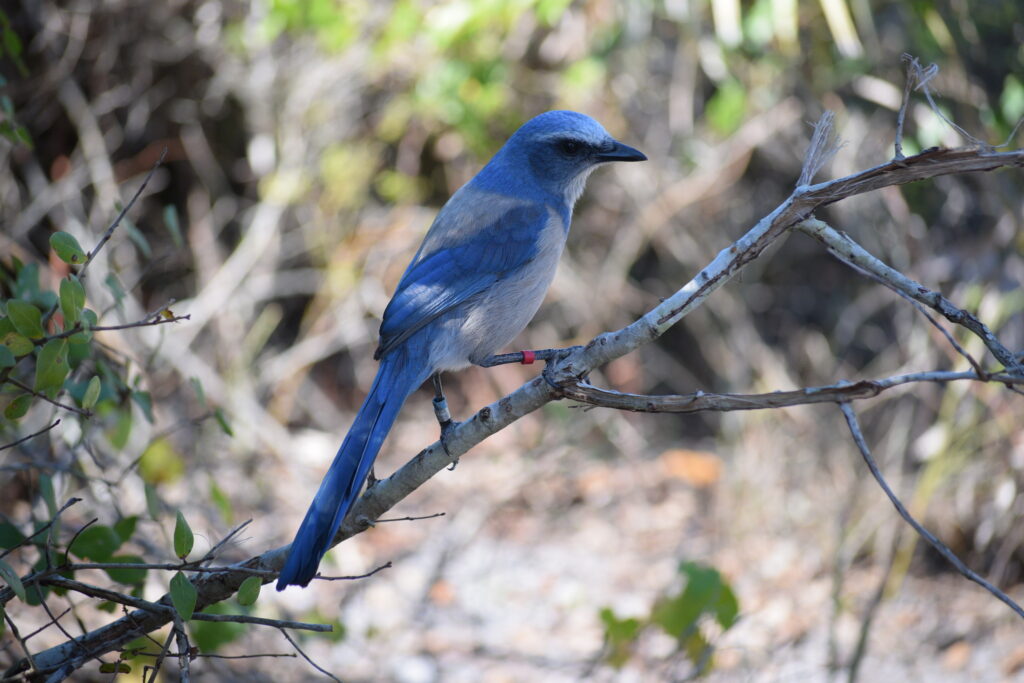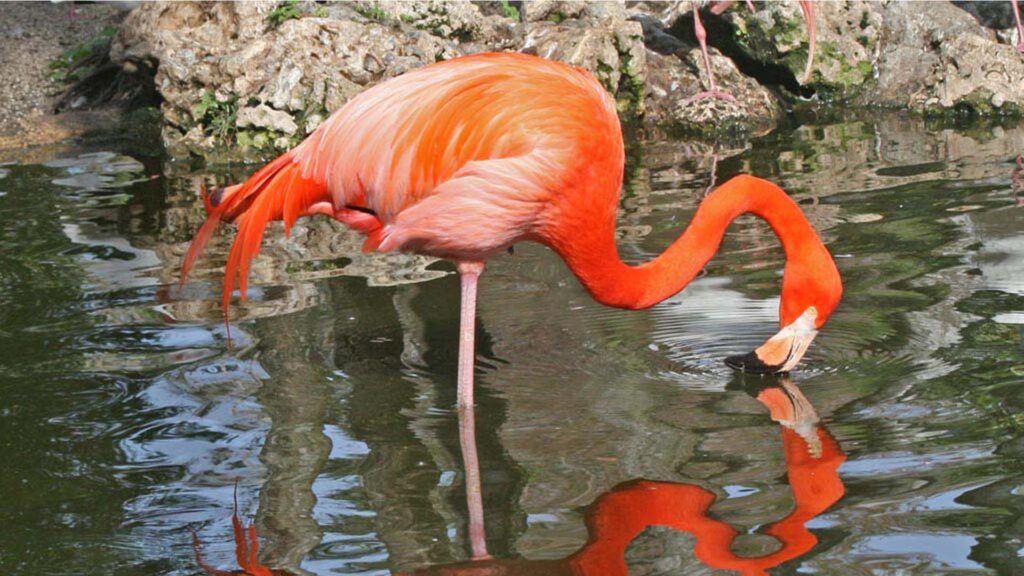This year, the Legislature is once again considering legislation (HB 17/SB 78) that would dethrone the mockingbird in favor of Florida’s endangered but charming scrub-jays. To size up the competition, the Orlando Sentinel asked the person who literally wrote the book on scrub-jays and dozens of other state symbols: Mark Lane of Daytona Beach, whose book “Roaring Reptiles, Bountiful Citrus and Neon Pies” was published by University Press of Florida.

In the three-way split between mockingbirds, flamingos and scrub-jays, you make it pretty clear in the book that you’re Team Scrub-Jay. Why?
Because of all the birds in my guidebook, this is the one found solely in Florida. We don’t share it with anyone. If you want to see one, you need to come down and visit us.
Why should Florida break up with the mockingbird?
In Florida, even the laziest birdwatchers with the cheapest pair of binoculars can see fantastic sights. We have the rosiest of roseate spoonbills, great blue herons the size of Big Bird, sandhill cranes that dance, and pelicans that float in graceful lines along the beach or sit obligingly on dock piles so tourists can snap pictures. We have picturesque white herons that lend a touch of elegance to the dreariest water-retention pond.
Yet what is our state bird? A blah, rando yard bird, the mockingbird. It’s like we deny that there’s anything to see here.

The flamingo, though. So cool.
Yes, the argument can be made that the pink flamingo is our spirit animal, but biologists are still debating whether they are really a native bird or just tourist-park escapees and their descendants. Yes, I, too, have plastic flamingos in my front yard, not plastic scrub-jays. But that’s only because the latter are unavailable at present.
The scrub-jays live here and only here. They make a cool noise like a clock being wound. And although skittish, they won’t flee from you unless you stomp around. They wonder what you’re doing here and keep an eye on you. This makes them fun to watch.
How did Florida end up with a “rando yard bird,” as you describe it, as an official state symbol?
This is a mystery to me. The Florida Legislature waxed a bit poetic about the mockingbird in the state bird resolution, passed in 1927, which celebrated how “the melody of its music has delighted the heart of residents and visitors to Florida from the days of the rugged pioneer to the present newcomer.” The bird was nominated by the St. Petersburg chapter of the Audubon Society, whose membership seemed concerned that the pelican might get picked.
My theory is that, as the land boom of the 1920s was dying out, legislators were anxious to reassure would-be newcomers that Florida is a normal place just like wherever they used to live. This was not, needless to say, true.
The mockingbird has a surprising ally in Marion Hammer, former head of the NRA in Florida. What’s up with the scrub-jay hate?
Strange how we anthropomorphize our wildlife. Hammer said the bird has “a welfare mentality.” She almost called it a liberal, which is enough to get anything voted down in Tallahassee. Of course, scrub-jay supporters like to discuss its friendliness, so both sides do this.
The big problem is that development lobbyists see official bird status as a tool for meddling environmentalists. The scrub-jay is endangered and needs lots of room to be happy, 13 acres or so. You name it the state bird and pressure might arise to stop bulldozing its habitat.
Where can Central Floridians see one of these birds?
My favorite spot is the Lyonia Preserve in Deltona. I’ve seen the jays every time I’ve been there but have never had one land on my head like you see in all those cute pictures online. Did I mention that they are friendly?
Mark Lane, who retired last year as metro columnist for the Daytona Beach News-Journal, was interviewed via email by his former colleague, Orlando Sentinel Opinion Editor Krys Fluker. This piece was originally published by the Orlando Sentinel, which is a media partner of The Invading Sea.




Very clever, very informative.